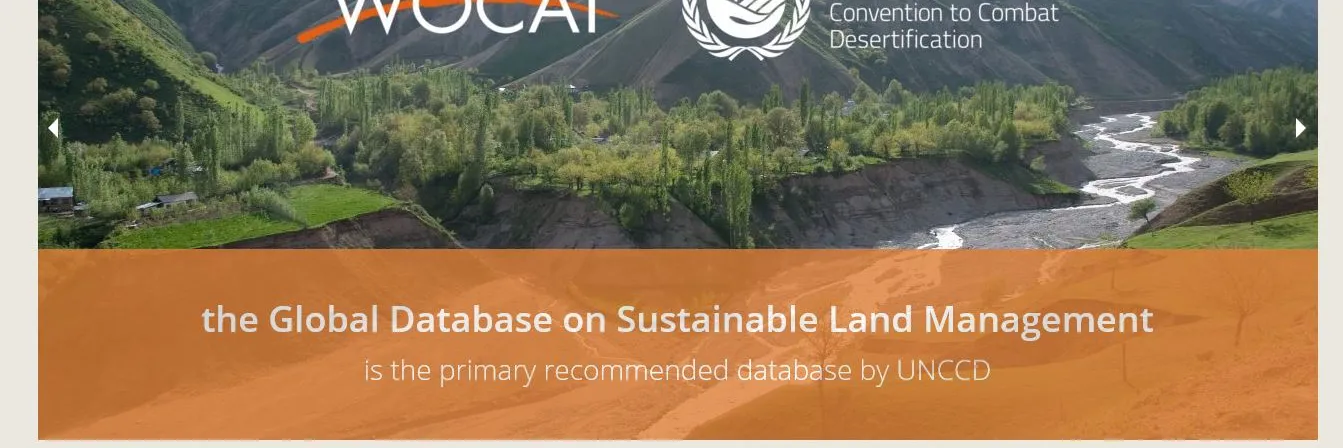
Global Database on Sustainable Land Management
The Global SLM Database contains over 2400 SLM practices from all over the world.
The objective of documenting and assessing SLM practices is to share and spread valuable knowledge in land management, support evidence-based decision-making, and scale up identified good practices, thereby contributing to preventing and reducing land degradation and to restoring degraded land.
WOCAT, together with its Network partners, has developed a well-accepted framework and standardised tools and methods for documentation, monitoring, evaluation and dissemination of SLM knowledge, covering all steps from data collection with several questionnaires, to the Global SLM Database and to using the information for decision support.
About the Global SLM Database
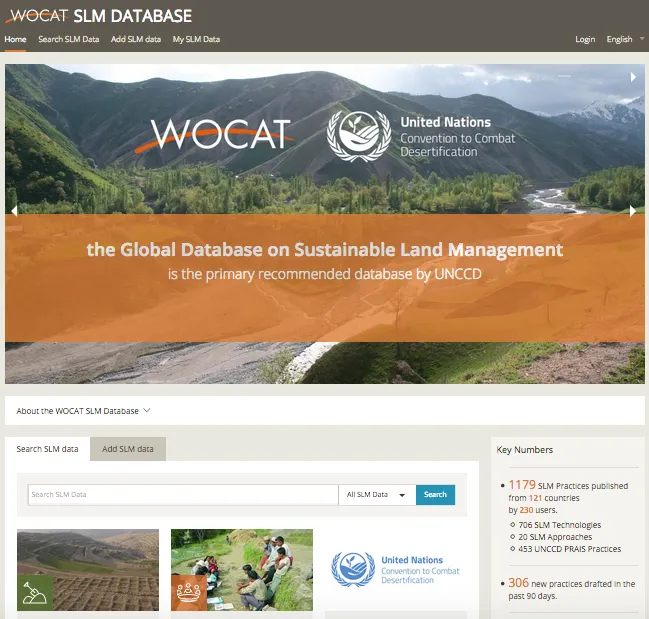
The data from the WOCAT Questionnaires is included in the Global SLM Database, which is the primary recommended database by UNCCD for the reporting on best SLM practices. The Global SLM Database is available in English, French, Spanish, Russian, Lao and Khmer.
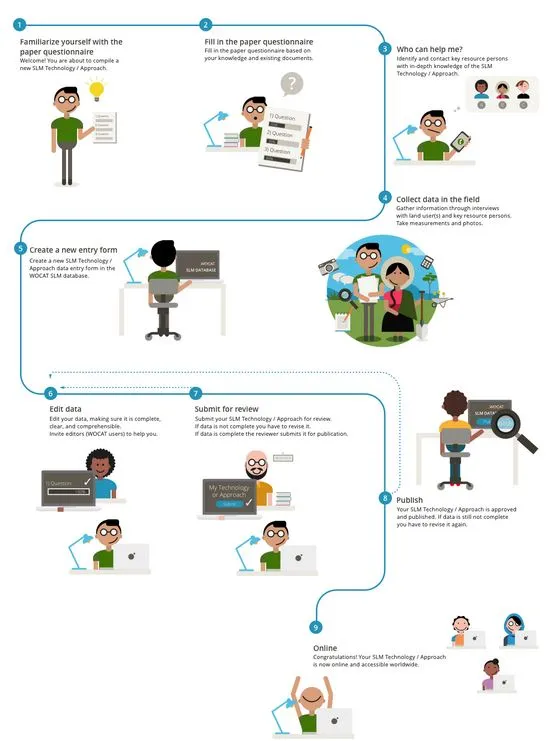
The compiler collects the data in the field and fills out the Questionnaire(s), the editor helps to edit the data, the reviewer assures the quality of the data and, eventually, the WOCAT Secretariat publishes the data.
For quality assurance of the data, the review process will take some time. Make sure that you allow sufficient time for the review from the time you enter the data until it can get published.
WOCAT methods and tools
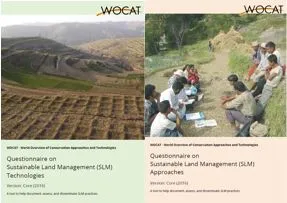
At the local level, SLM practices (SLM Technologies and Approaches) are documented in the field using the WOCAT Questionnaires on SLM Technologies and Approaches. After completing the questionnaire, the data is included in the Global SLM Database.
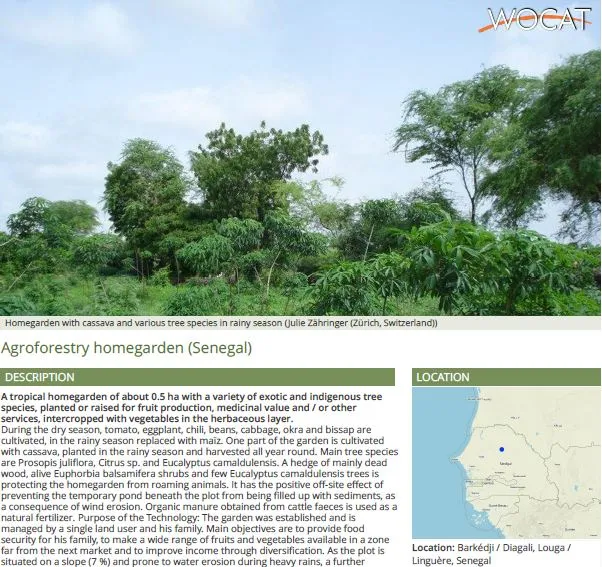
Once the SLM Technology or Approach data is entered in the Global WOCAT SLM Database, reviewed and published it can be downloaded as a user-friendly summary, available in Pdf format, or viewed as html.
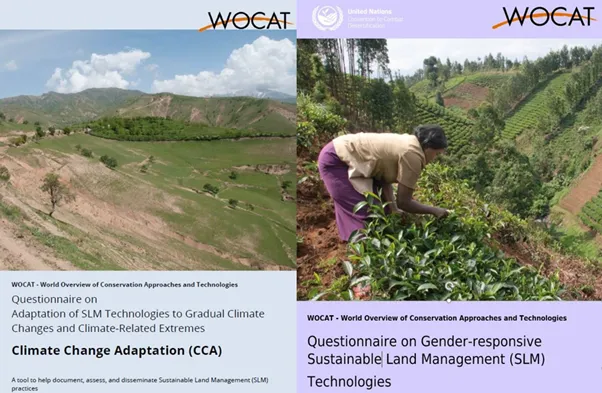
Specific modules are added to the WOCAT questionnaires on SLM Technologies and Approaches to gain further in-depth knowledge on a particular topic. The following modules are available though not yet integrated in the Global SLM Database:
- Gender-responsive SLM in collaboration with the UNCCD Secretariat.
- Climate Change Adaptation
- Tenure4SLM in collaboration with FAO.
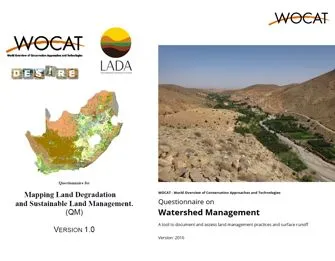
The land degradation and SLM Mapping questionnaire (QM) provides a tool for assessing the spatial coverage of land degradation and SLM at the regional/ national level. It has been developed in collaboration with the FAO/ LADA project.
A watershed and runoff questionnaire and related app (QWM offline) is under development. It is a supplement to the existing WOCAT questionnaires and helps to assess land management within a watershed and its impacts on ecosystem services (mainly runoff).
Linked Tools

The Carbon Benefits Project (CBP) provides tools for agriculture, forestry and land management projects to estimate the impact of their activities on climate change mitigation (carbon stock changes and greenhouse gas (GHG) emissions). The tools are free to use and user friendly. The CBP modeling tools were developed by Colorado State University and partners under a GEF co-financed project implemented by UNEP.
The CBP tools are linked to the Global SLM Database. You can import WOCAT technologies into the CBP to carry out a GHG assessment of selected technologies with little additional information.
Use of data
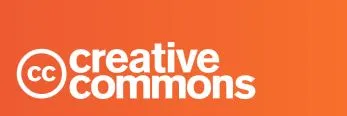
Data captured through the WOCAT questionnaires is entered in the Global SLM Database by the compiler who is responsible for the compilation and the data quality. The compiler, resource persons, editors and reviewers are mentioned in the database as well as in any compilation or publication of the data.

The Global SLM Database is the primary recommended database by the United Nations Convention to Combat Desertification (UNCCD) for the reporting of SLM best practices.
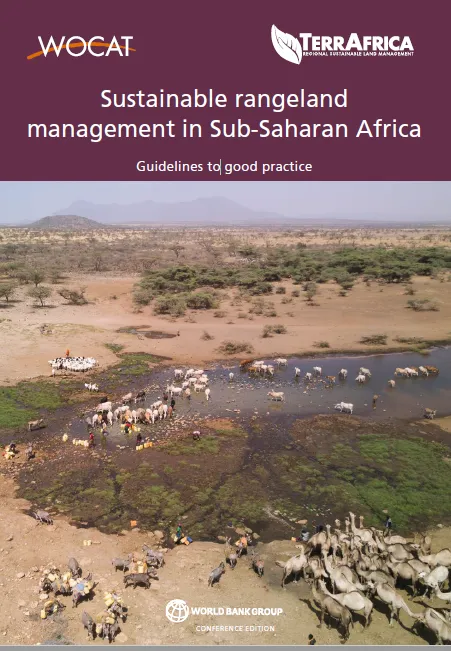
Learn more about national, regional and global knowledge products created by WOCAT and partners with data and evidence from the Global WOCAT Database!
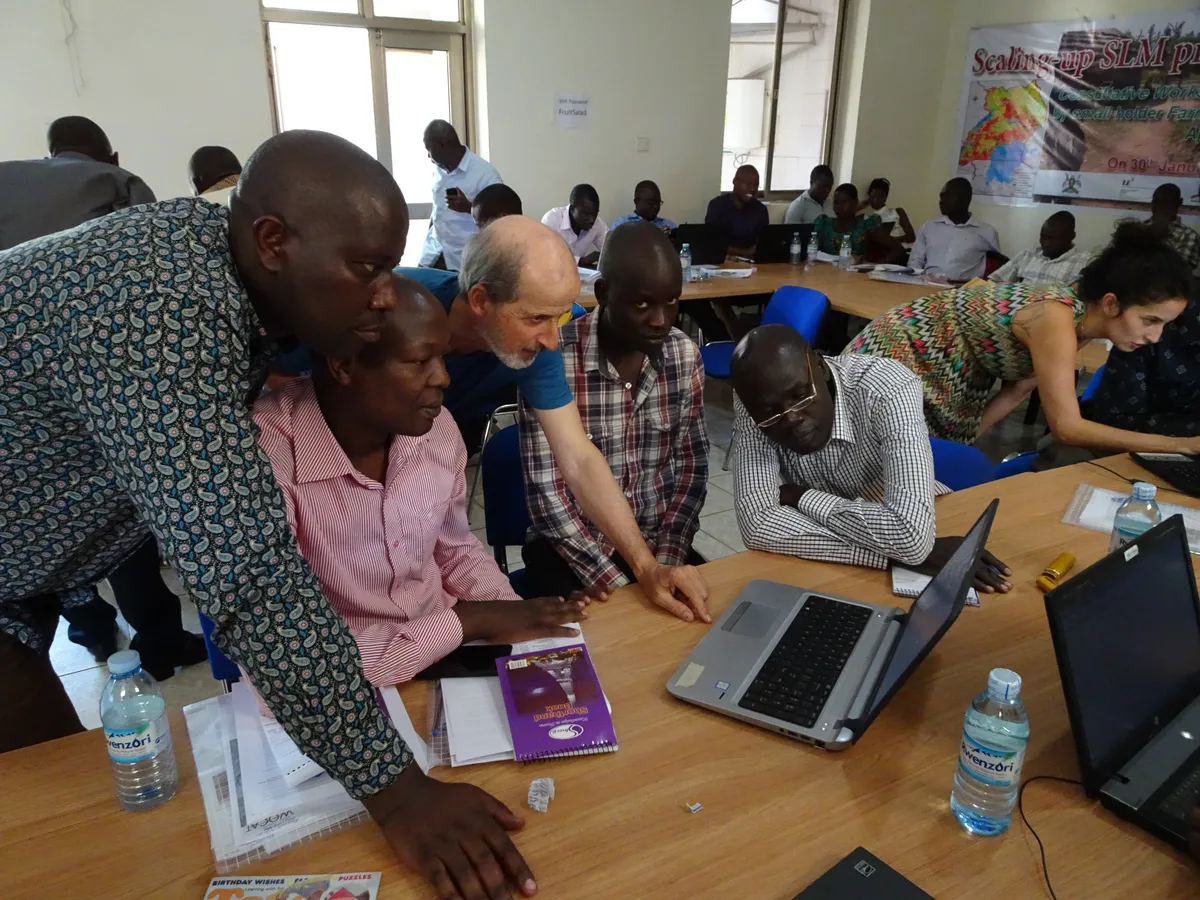
Download SLM training material with presentations on the different tools and methods, and video instructions.